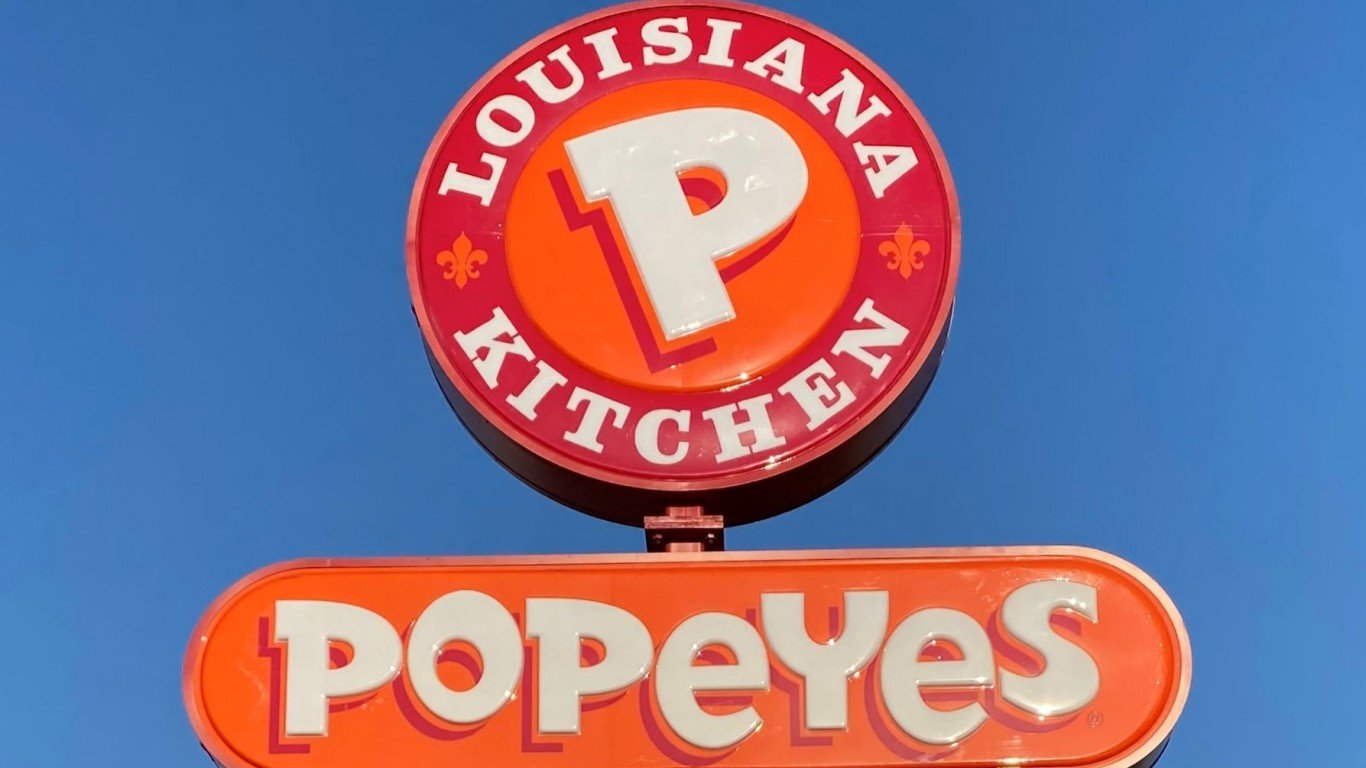

Of nearly 80 companies in our watch list that reported earnings late Wednesday or before markets opened Thursday, more than 15 posted negative earnings surprises and just two met expectations exactly. More than 20 missed revenue estimates and three others matched sales estimates.
Missing Wall Street’s revenue estimates is arguably a more serious offense than missing earnings estimates. AT&T, however, beat on profits, fell short by 6% on revenue and the stock traded higher shortly after the opening bell. Larger-than-expected subscriber growth among contract customers tipped the balance.
We already have previewed four companies scheduled to report September-quarter results after markets close Wednesday or before they reopen on Friday: American Express, Cleveland-Cliffs, Intel and Schlumberger.
Here’s a look at three firms reporting quarterly results first thing on Monday. As usual, no quarterly reports are scheduled for release Friday afternoon.
Kimberly-Clark
Consumer staples giant Kimberly-Clark Corp. (NYSE: KMB) lost more than 8% from its share price over the past 12 months. The tumble began when the company reported third-quarter earnings and shares retreated almost 11%. It’s taken Kimberly-Clark almost a full year to get that 3% back. When rival Procter & Gamble reported earlier this week, Kimberly-Clark’s stock price fell by 1.3% while P&G’s stock lost about 1.2%. The problems facing both companies are similar: rising costs, supply chains and pricing power.
Of 19 surveyed analysts covering the company, 12 have placed a Hold rating on the shares. Another four have rated the shares a Buy or Strong Buy. At a recent price of around $131.80, the upside potential based on a median price target of $136.50 is about 3.6%. At the high price target of $164, the upside potential is 24.4%.
Revenue for the third quarter is forecast at $4.96 billion, which would be up 5.1% sequentially and up 6% year over year. Adjusted earnings per share (EPS) are forecast at $1.65, 12.3% higher sequentially but down about 3.5% year over year. For full fiscal 2021, analysts are looking for EPS of $6.70, down 13.4%, on sales of $19.42 billion, up about 1.5%.
Kimberly-Clark stock trades at 19.4 times expected 2021 EPS, 17.4 times estimated 2022 earnings and 16.4 times estimated 2023 earnings. The stock’s 52-week range is $128.02 to $144.44, and the company pays an annual dividend of $4.56 (yield of 3.46%). That yield is a full percentage point higher than P&G’s.
Otis Worldwide
Since Otis Worldwide Corp. (NYSE: OTIS) was spun off from the former United Technologies before the latter’s merger with Raytheon in April of last year, the stock has appreciated by 89%, including a recent dip of 9% following its $3.9 billion offer to acquire the 49.9% of its Spanish subsidiary it did not already own. Combined with a downgrade to Underweight by Wells Fargo’s analysts, a sell-off by some institutional investors and chaos in the Chinese housing market, the company’s headwinds have cooled investor enthusiasm for the stock.
Of 15 brokerages covering the stock, eight rate the shares a Buy or Strong Buy, and another five have placed a Hold rating on the stock. At a price of around $83.90, the upside potential based on a median price target of $97 is 15.6%. At the high price target of $105, the upside potential is just over 25%.
Third-quarter revenue is forecast to total $3.55 billion, down about 4% sequentially but up about 8.6% year over year. Adjusted EPS are forecast at $0.73, down 7.5% sequentially and 5.8% higher year over year. For 2021, EPS are forecast at $2.96, up 17.7%, on sales of $14.22 billion, up 11.5%. The company’s outlook could be the determining factor in how the stock reacts to Monday’s earnings announcement.
Otis stock trades at 28.5 times expected 2021 EPS, 26.0 times estimated 2022 earnings and 23.7 times estimated 2023 earnings. The stock’s 52-week range is $58.77 to $92.84, and Otis pays an annual dividend of $0.95 (yield of 1.15%).
Restaurant Brands
The owner and operator of Burger King, Popeye’s and Tim Hortons, Restaurant Brands International Inc. (NYSE: QSR), owned or operated some 27,000 global locations at the end of 2020. The company’s share price has increased by nearly 13% over the past 12 months but is up less than 2% since the coronavirus pandemic hit early last year.
Restaurant Brands’ post-pandemic bounce has been far smaller than industry biggies McDonald’s (up 26.5%) or Starbucks (up nearly 34%). Foot traffic at the company’s stores remains below pre-pandemic levels, as it does for all fast-food outlets. Toronto-based Restaurant Brands is the fifth-largest (by market cap) U.S.-traded fast-food stock behind McDonald’s, Starbucks, Chipotle and Yum! Brands.
Sentiment on the company is bullish, with 20 of 32 brokerages putting a Buy or Strong Buy rating on the shares. Another 11 rate the stock a Hold. At a price of around $61.90, the upside potential based on a median price target of $75 is 21%. At the high price target of $83, the upside potential is 34%.
Third-quarter revenue is forecast to come in at $1.52 billion, 5.9% higher sequentially and up 13.4% year over year. Adjusted EPS are pegged at $0.74, down 4.5% sequentially but up 8.8% year over year. Current estimates for fiscal 2021 call for EPS of $2.79, up 38%, on sales of $5.76 billion, up 15.9%.
Restaurant Brands stock trades at 21.9 times expected 2021 EPS, 19.2 times estimated 2022 earnings and 17.2 times estimated 2023 earnings. The stock’s 52-week range is $51.12 to $71.12, and the company pays an annual dividend of $2.12 (yield of 3.48%).
Essential Tips for Investing: Sponsored
A financial advisor can help you understand the advantages and disadvantages of investment properties. Finding a qualified financial advisor doesn’t have to be hard. SmartAsset’s free tool matches you with up to three financial advisors who serve your area, and you can interview your advisor matches at no cost to decide which one is right for you. If you’re ready to find an advisor who can help you achieve your financial goals, get started now.
Investing in real estate can diversify your portfolio. But expanding your horizons may add additional costs. If you’re an investor looking to minimize expenses, consider checking out online brokerages. They often offer low investment fees, helping you maximize your profit.
Thank you for reading! Have some feedback for us?
Contact the 24/7 Wall St. editorial team.
 24/7 Wall St.
24/7 Wall St.


